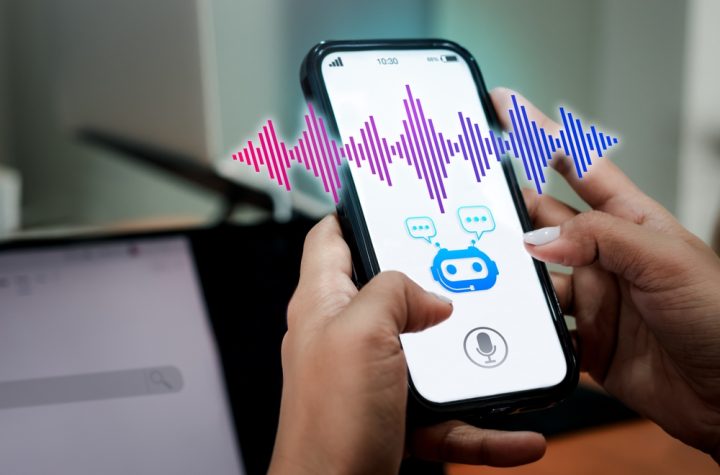
Let’s rewind for a second. Imagine a time when patient records were stored in dusty filing cabinets, and “sharing data” meant faxing over paper charts—slow, cumbersome, and prone to errors. It’s a bit hard to believe that’s how healthcare operated not too long ago, right? Fast forward to today, and electronic health records (EHRs) have flipped the script. But how did we get here?
The journey of EHRs isn’t just a story of tech adoption—it’s a complete transformation in how doctors, nurses, and healthcare organizations deliver care. From early digital experiments in the ‘60s to cloud-powered systems integrated with AI, the evolution of EHRs has reshaped healthcare in ways we couldn’t have imagined.
Let’s take a look at how EHRs have shaped modern healthcare and where they’re headed. From better record-keeping to improved patient care, they’re now a critical tool.
The Early Days of Health Records
Before EHRs took the stage, healthcare providers relied on paper-based records. It was an analog system that, while functional for its time, came with a host of problems—lost records, misplacement, and slow data sharing.
It wasn’t just about inefficiency; it affected patient care. Imagine a doctor trying to track down a patient’s medical history that’s stored in different paper files across various clinics. That’s a logistical nightmare!
Then came the 1960s—a decade when technology started planting seeds in the healthcare world.
The Dawn of Digitalization: 1960s–1980s
Let’s rewind to the 1960s, when healthcare was just starting to flirt with the idea of digital records. Hospitals and medical centers were the first to dip their toes into the digital waters. But if we’re being honest—these early systems were rudimentary at best. Their focus was less on patient care and more on administrative tasks like billing and scheduling.
By the 1970s, a game-changing innovation emerged—The Veterans Administration (VA) introduced the Decentralized Hospital Computer Program (DHCP). Eventually, it evolved into VistA, a system still in use today.
It was a big leap forward but far from perfect. These systems weren’t interoperable—they didn’t talk to each other, which made data sharing across healthcare institutions virtually impossible. Yet, these early efforts laid the groundwork for what was to come.
The 1990s: Standardization Saves the Day
By the time the 1990s rolled around, healthcare providers had realized that digital systems weren’t just about replacing paper records. They needed standardization. Imagine a world where your EHR system can’t communicate with another provider’s system—chaos!
That’s where Health Level Seven (HL7) comes in. Established in 1987, HL7 became the gold standard for exchanging and retrieving health information electronically.
This decade also marked the realization that EHRs could do more than just store data. Hospitals and clinics began to integrate lab results, imaging, and prescriptions into unified digital platforms. The goal was no longer just to go digital—it was to make patient care better, faster, and more connected.
The 2000s: Legislative Push for EHR Adoption
The early 2000s saw EHRs transition from being a tech tool to a healthcare essential, driven by a mix of legislation and incentives. In 2004, the U.S. government got serious about healthcare IT with the creation of the Office of the National Coordinator for Health Information Technology (ONC). But the real push came in 2009 with the HITECH Act, which offered financial incentives to providers adopting EHRs.
Suddenly, doctors who were hesitant to leave paper records behind had a compelling reason to switch. With the promise of federal funding, EHR adoption skyrocketed. But as with any major shift, it wasn’t all smooth sailing—there were growing pains.
Many systems weren’t fully interoperable yet, and some healthcare providers struggled with usability issues.
The 2010s: Cloud, AI, and Patient-Centered Care
By the 2010s, EHRs were standard in healthcare, but innovations like cloud computing and AI took them to new heights. Cloud-based EHRs gave providers the flexibility to access data from anywhere—especially critical during the rise of telehealth in the COVID-19 era.
Patient portals also emerged, giving patients direct access to their health records and empowering them to manage their care more effectively.
The 21st Century Cures Act, passed in 2016, further emphasized the need for interoperability and patient access. To comply, EHRs had to ensure they weren’t blocking the flow or transfer of information, allowing patients and providers seamless access to crucial health data.
This helped improve coordination of care, ensuring providers had the right information when they needed it, moving the industry toward a fully connected healthcare system.
The Present and Future: What’s Next for EHRs?
Today, EHRs are integral to healthcare. They’ve made patient data more accessible, helped improve coordination of care, and reduced medical errors. But we’re not done yet.
The future of EHRs will likely be driven by AI and predictive analytics. Imagine an EHR that doesn’t just store patient data but analyzes it to predict future health risks based on your history and lifestyle. That’s the kind of future we’re headed for.
The 21st Century Cures Act is pushing for more interoperability and data transparency so that patient information can be seamlessly shared across healthcare systems. The ultimate goal? A unified healthcare ecosystem where data moves freely, helping both providers and patients make smarter, faster decisions.
Conclusion: EHRs Are Here to Stay
From paper charts to cloud-based, AI-driven systems, the journey of EHRs has been incredible. EHRs are no longer just about record-keeping—they’re about improving patient outcomes and streamlining healthcare.
As we look ahead, EHRs will play an even more critical role in shaping the future of healthcare, helping providers focus on what really matters—delivering quality care to patients.




More Stories
The Impact of AI Listening Tools in Patient Care
Leveraging Data to Optimize Care Coordination
EHR Interoperability – Is it as difficult as it sounds?